
Throughout aviation history, some aircraft have left an indelible mark due to their sheer noise levels. These roaring giants, often breaking sound barriers, have not only impressed aviation enthusiasts but also rattled windows in cities below. Here’s a look at seven aircraft renowned for their thunderous presence.
Concorde
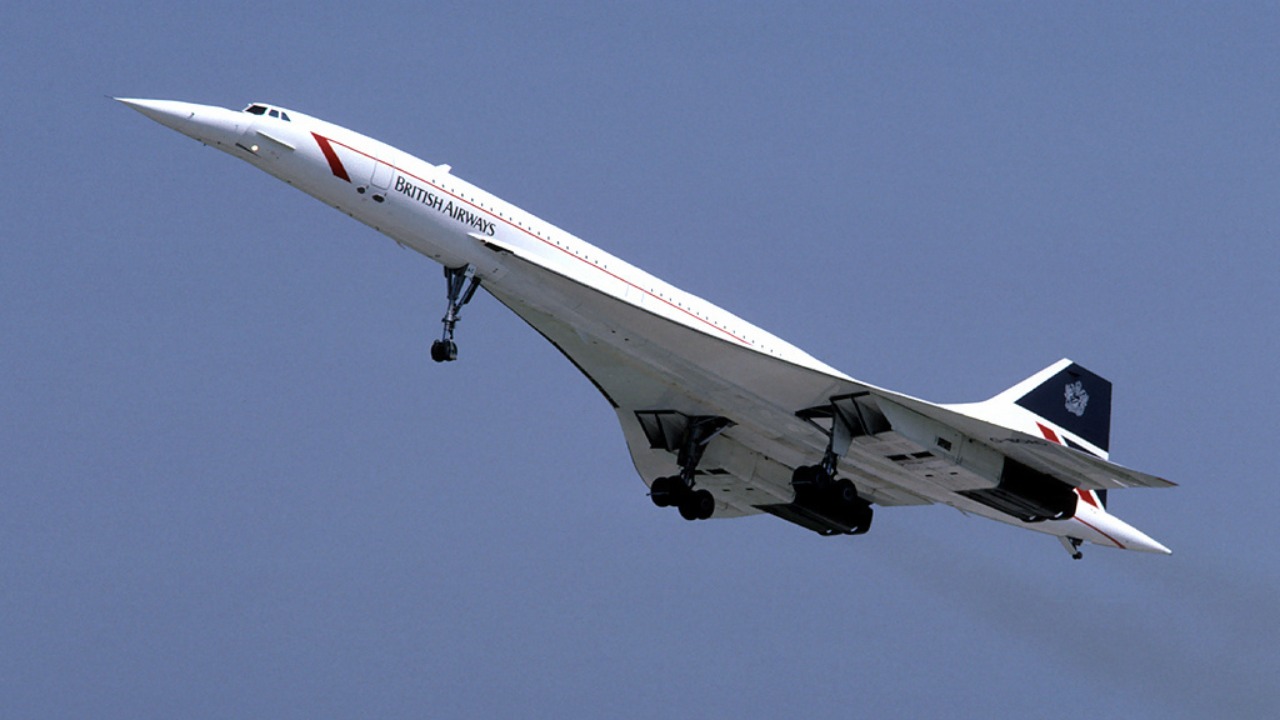
The Concorde was an engineering marvel with its supersonic speed, but its noise levels were infamous. Operating from 1976 to 2003, it was capable of crossing the Atlantic in just over three hours. However, its sonic booms and powerful engines often led to noise complaints from residents living near airports. Despite its noise, it remains a symbol of innovation and luxury in aviation history.
While the Concorde’s noise was a point of contention, its contributions to aviation technology were undeniable. The aircraft’s ability to travel at Mach 2 made it twice as fast as the speed of sound, capturing the imagination of many but leaving a trail of sound in its wake.
Tupolev Tu-144
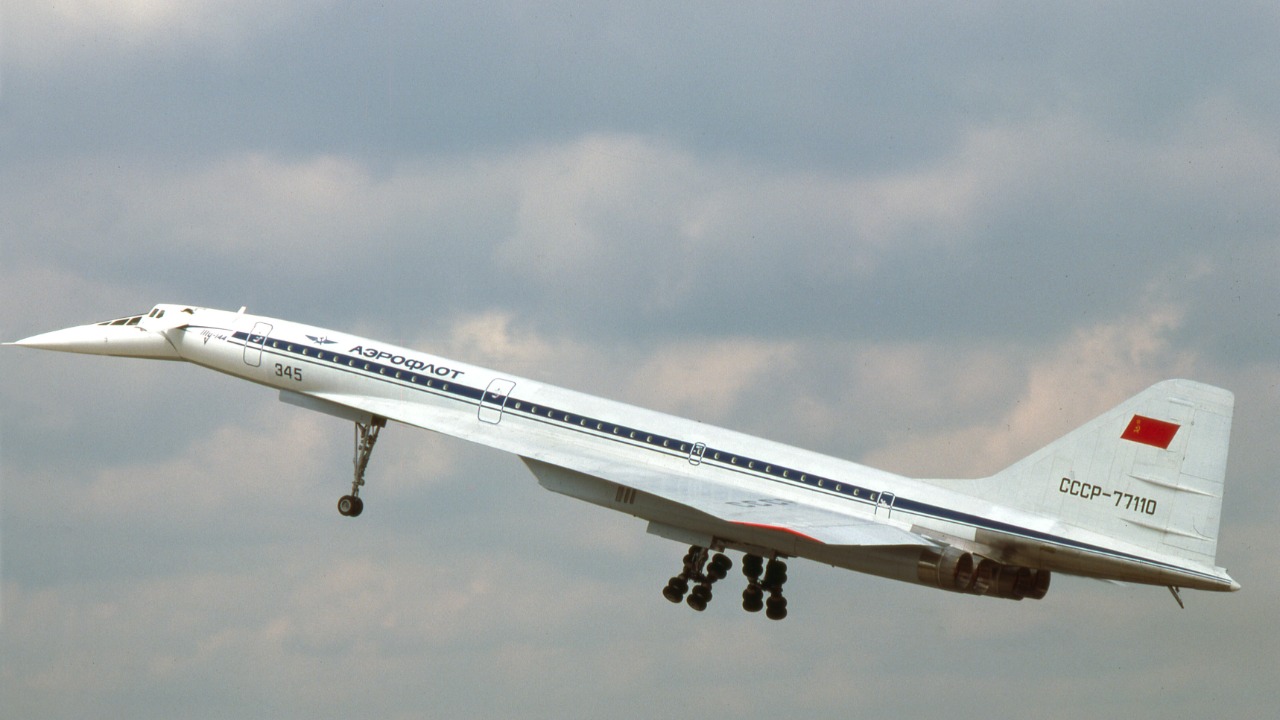
The Tupolev Tu-144, often referred to as the “Konkordski,” was the Soviet Union’s answer to the Concorde. It was the first commercial supersonic transport aircraft to take to the skies, achieving its maiden flight in 1968. Like its Western counterpart, the Tu-144 faced significant noise challenges, with its engines producing a deafening roar that was hard to ignore.
Despite its impressive speed capabilities, the Tu-144 had a short-lived service life due in part to operational difficulties and noise complaints. The aircraft’s legacy, however, endures as a testament to the era’s technological competition and ambition.
General Dynamics F-111 Aardvark
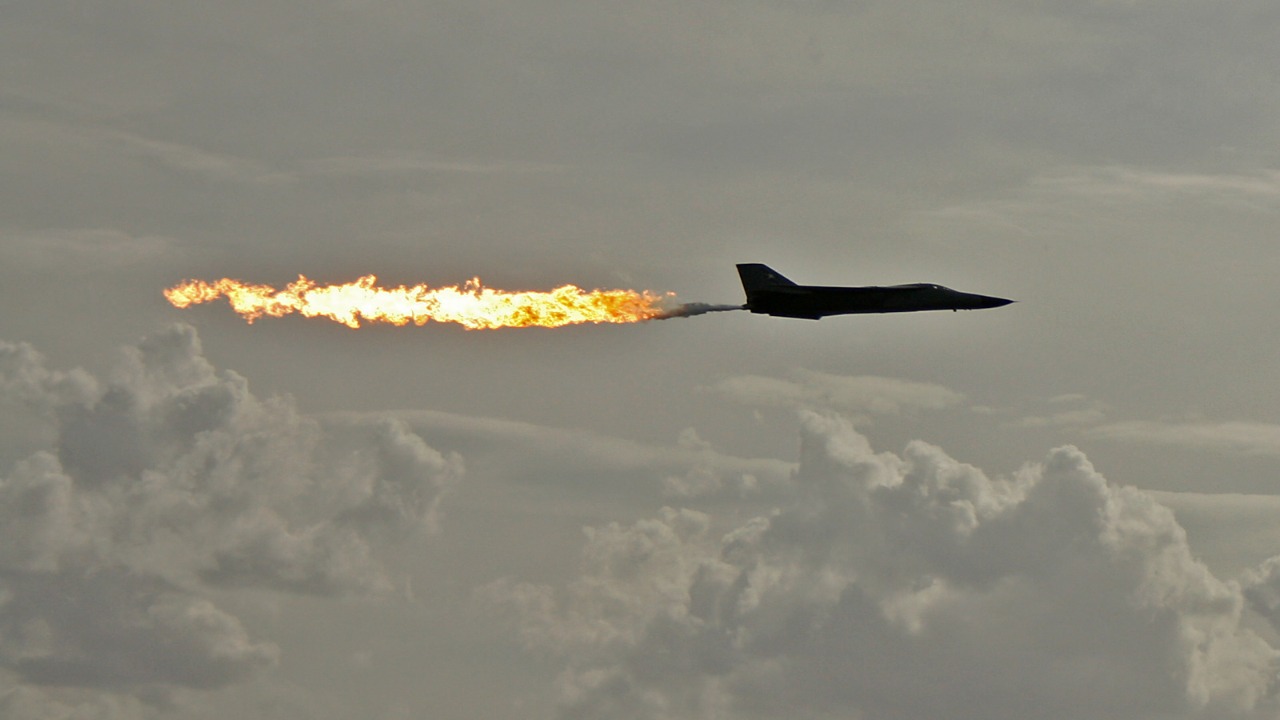
The General Dynamics F-111 Aardvark was a pioneering aircraft that introduced variable-sweep wings, allowing it to adapt to various speeds. Its engines, designed for both speed and power, produced a notable noise footprint. The Aardvark was primarily used for tactical bombing and reconnaissance, requiring high-speed, low-altitude capabilities that amplified its sound.
Operating from the 1960s into the 1990s, it served in numerous conflicts, making a name for itself through its versatility and power. However, the roar of its engines was a constant presence, especially noticeable during takeoffs and landings.
Boeing B-52 Stratofortress
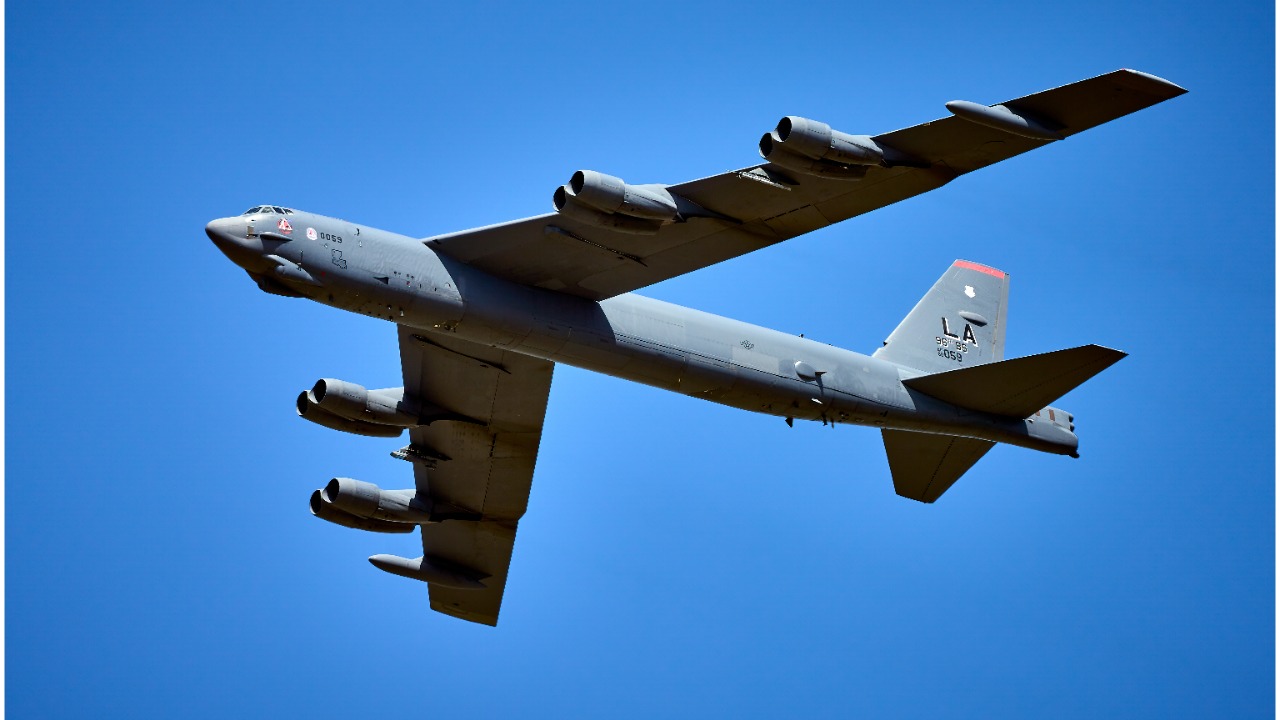
The Boeing B-52 Stratofortress is a long-range, subsonic, jet-powered strategic bomber that has been part of the U.S. Air Force since the 1950s. Known for its endurance and payload capacity, the B-52’s sheer size and engine power contribute to its significant noise levels. The aircraft’s longevity and service record are impressive, but its noise is often noted during military exercises.
Its distinctive profile and the unmistakable rumble of its engines have become synonymous with American airpower. Despite upgrades over the decades, the B-52 remains one of the loudest aircraft in operation.
Lockheed SR-71 Blackbird
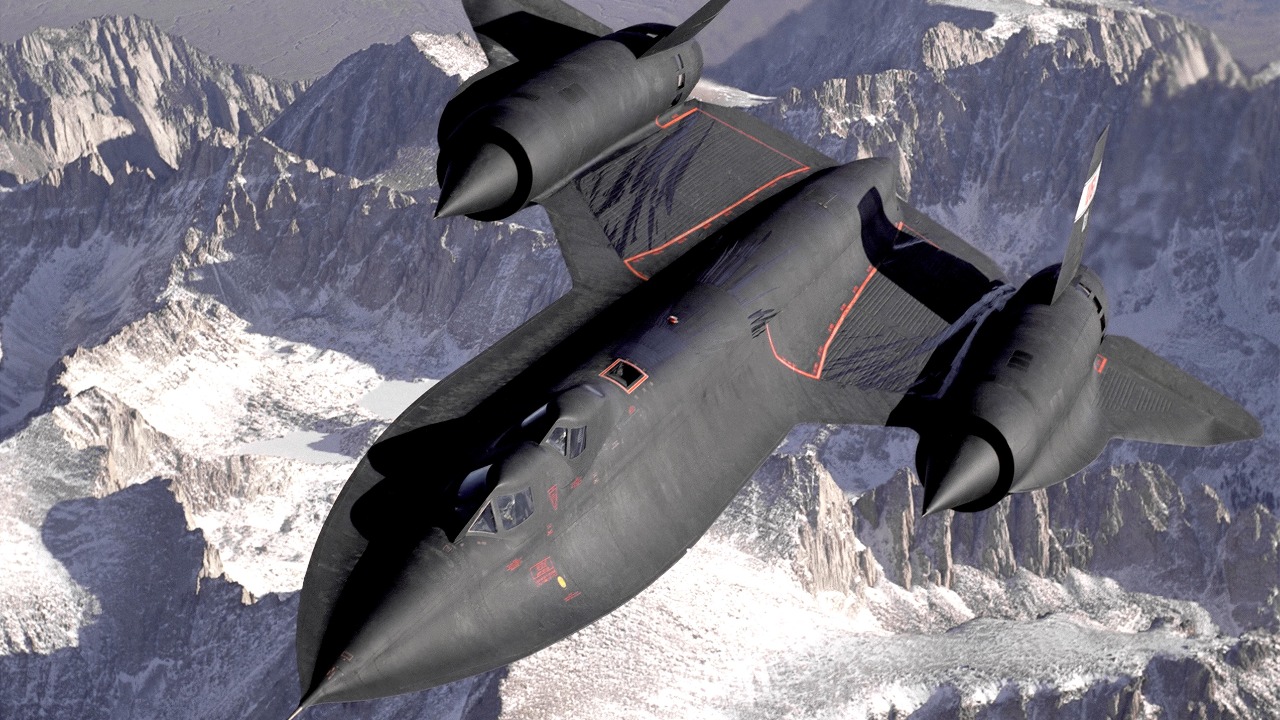
The Lockheed SR-71 Blackbird is a legendary reconnaissance aircraft known for its stealth and speed. Capable of flying at Mach 3, it could outrun threats with ease. However, the noise from its Pratt & Whitney J58 engines was formidable, especially during takeoff and at high speeds.
Despite its retirement in the late 1990s, the SR-71 remains celebrated for its technological achievements and the distinctive roar it brought to skies around the world. Its legacy lives on as a symbol of Cold War-era innovation and engineering prowess.
Rockwell B-1 Lancer
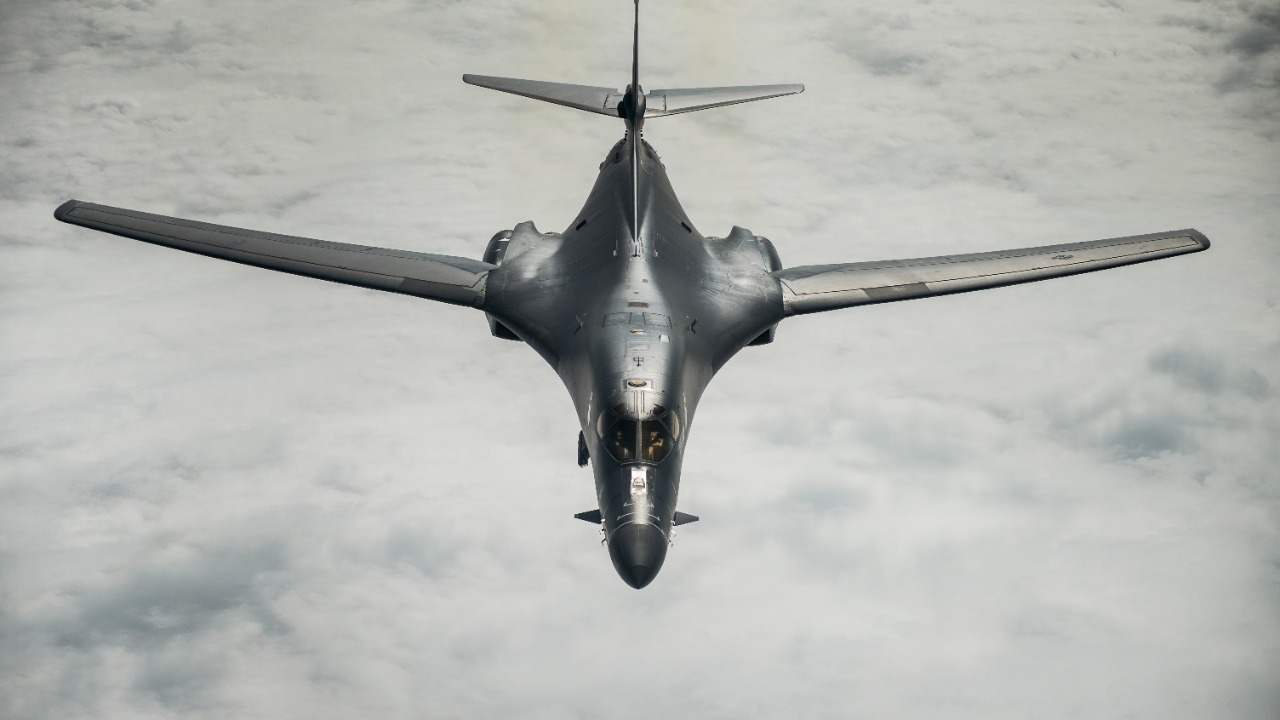
The Rockwell B-1 Lancer, known as the “Bone,” is a supersonic variable-sweep wing, heavy bomber used by the United States Air Force. Designed for both high-speed and low-altitude penetration, the B-1’s four afterburning engines create a powerful noise profile. Its introduction in the 1980s marked a new era in strategic bombing, prioritizing speed and stealth.
The B-1’s noise levels are particularly high during afterburner operations, a necessity for rapid acceleration and mission success. Despite its sound, the Lancer continues to be a vital part of the U.S. military’s strategic capabilities.
McDonnell Douglas F-4 Phantom II

The McDonnell Douglas F-4 Phantom II is a tandem two-seat, twin-engine, all-weather, long-range supersonic jet interceptor and fighter-bomber. First entering service in the 1960s, the Phantom was a mainstay in the U.S. military for decades. Its twin engines produced a deafening roar that was often heard during airshows and combat missions.
Renowned for its versatility and combat performance, the F-4 Phantom II’s noise was as much a part of its identity as its distinctive design. Although retired from active duty, its legacy endures in aviation history.